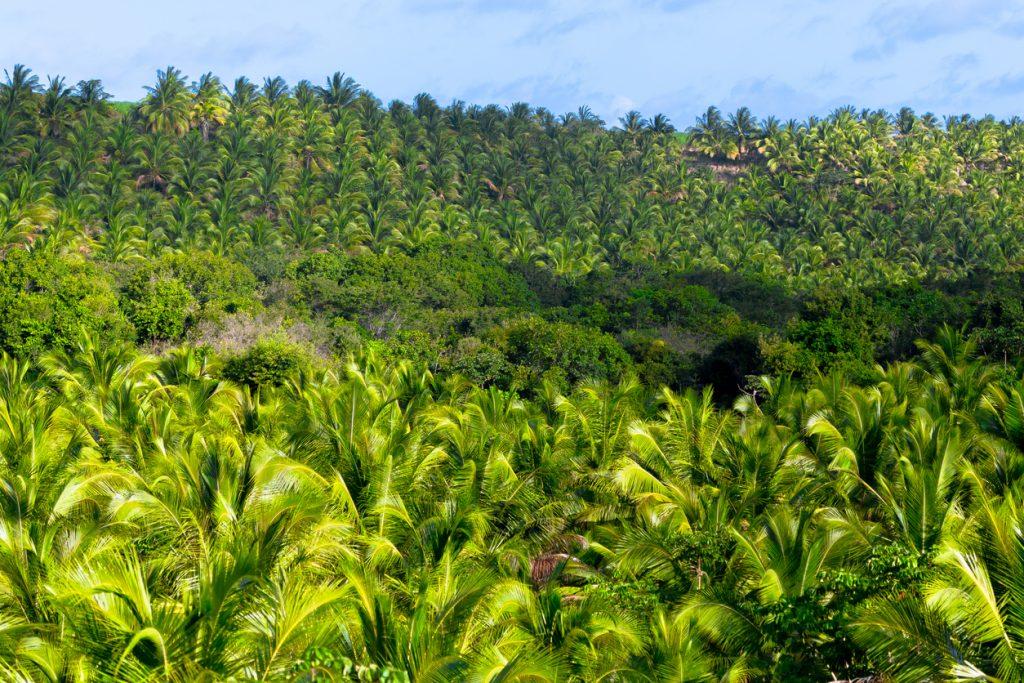Peru’s palm oil industry is small relative to major producers like Malaysia and Indonesia. But climate transitions will impact nascent and mature industries, even if the impacts vary. As global demand climbs, Peru’s palm oil producers are well-positioned to capitalize on projected supply shortfalls. However, transitions to a low-carbon economy mean that Peru cannot grow using the same model of forest clearing used in Southeast Asia over the last decade. Orbitas’ analyst brief on Peruvian palm oil explores how climate transitions will affect the industry in the coming decades.
As the Peruvian palm oil sector grows its exports and competes globally, operating on a sustainable model will give it a leg-up on Malaysian and Indonesian producers that are currently facing environmental challenges in European export markets. It is, however, not alone in pursuing such a strategy. Other regional producers like Colombia also seek to separate themselves as a more sustainable supply alternative to Southeast Asian producers.
In our Peruvian palm oil analyst brief, we explore how the country’s palm oil producers are likely to fare under climate transition policies. Some of our headline findings are:
- As demand outstrips production levels, rising palm oil revenues combined with rising production and capital costs will mean that only efficient producers with greater capital access will be able to capture the profits.
- Land-use restrictions, especially in aggressive climate transition scenarios, will require Peruvian producers to make yield-enhancing capital investments that may strain debt coverage ratios.
- Our suitability analysis Indicates that 97% of biophysically suitable land for palm cultivation in Peru is unusable under No Deforestation No Peat exploitation restrictions to which many global palm oil producers have recently subscribed.
As a result, geographical expansion will be highly restrictive if the sector is to grow. Instead, producers will need to rely on improving yields to meet higher demand.
To find out more about the challenges and opportunities for the Peruvian palm oil sector under climate transitions, download our full report below:
